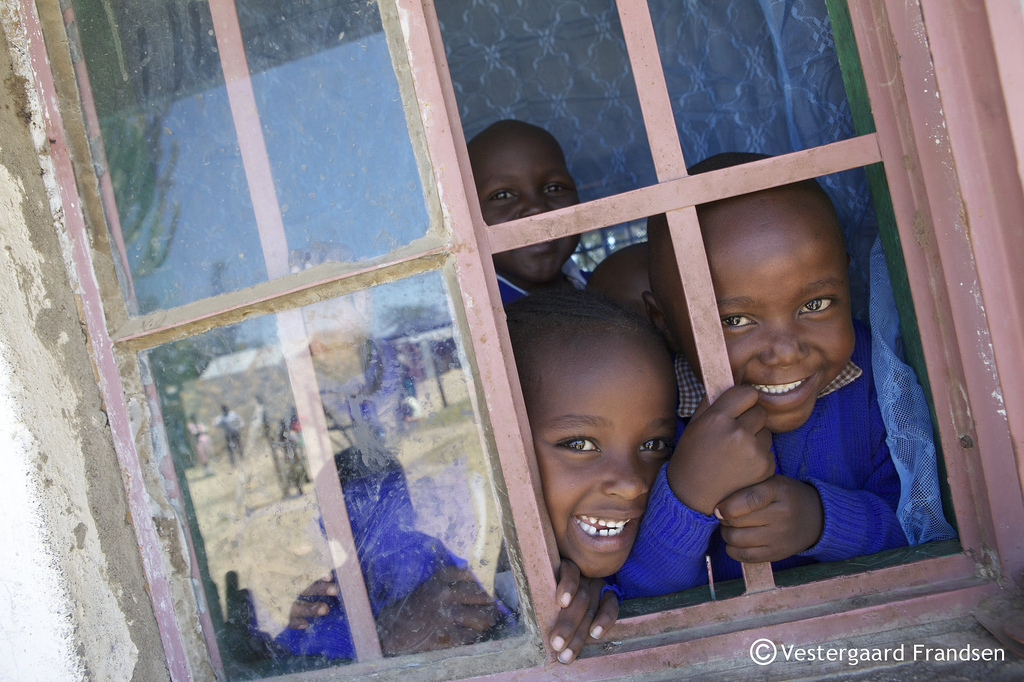Leaders Prof Steve Lindsay Durham University, UK Dr Lucy Tusting LSHTM, UK |
Working Group Secretariat Dr Konstantina Boutsika Swiss TPH |
Next meeting: 7th Meeting of the Vector-borne Disease and Built Environment Work Stream
New tools and approaches are required to achieve the ambitious targets outlined in the WHO Global Technical Strategy for Malaria 2016‐2030 (GTS) and the complementary Roll Back Malaria (RBM) global framework for Action and Investment to Defeat Malaria 2016‐2030 (AIM) of at least a 90% reduction in malaria mortality and case incidence, and elimination from 35 countries by 2030, while preventing re‐introduction into malaria‐free areas. Additional interventions are needed to compliment the current tools which rely heavily on effective insecticides for optimal protection. There is a need to look beyond long‐lasting insecticidal nets (LLINs) and indoor residual spraying (IRS), particularly to address the challenges of insecticide resistance and transmission that occurs at places and times when populations are not adequately protected by these two core interventions.
There is compelling evidence that housing improvements enhance protection of residents from vector borne diseases. The protective effect of preventing malaria mosquitoes from entering houses and biting people as they sleep, such as by closing eaves and installing ceilings or by screening doors and windows, has been established in many settings. Likewise, improvements such as metal roofs and sealed walls that reduce harbourages with favourable microclimates for indoor resting vectors, may also reduce overall survivorship and vectorial capacity of the local vector population. There are multiple opportunities to continue reducing malaria, as well as collateral benefits to the housing sector by improving housing standards, including for corporate and public housing programmes; provision of microfinance initiatives for home improvements; and education on improved house designs for protecting populations at risk of vector‐borne diseases.The work stream was previously known as Housing and Malaria.
The key objectives of this work stream are:
1. To bring together the housing and malaria communities and establish a network of interested parties.
2. Identify the best approaches for reducing house entry and indoor resting by mosquitoes and keeping the home comfortable and healthy for the occupants.
3. Develop methods for scaling-up housing interventions against malaria and other vector-borne diseases through inter-sectoral collaboration.
Workplan
VBDs and Built Environment Work Stream 2020
Consultant pool
Consultant pool for health and vector borne disease and the built environment (June 2019)
Resources
- Workplan : VBDs and Built Environment work stream work plan 2018-2019
- Consultant pool for health/vector-borne disease and the built environment
- Housing and Malaria Consensus Statement 2015
- Mind the Gap: House Structure and the Risk of Malaria in Uganda Wanzirah H et al., PLoS One
- The Evidence for Improving Housing to Reduce Malaria: a Systematic Review and Meta-analysis Tusting LS et al., Malaria Journal
- New Focus on Housing Improvements May Be Key to Reducing the Global Burden of Malaria Reckford JTM, Huffington Post
- Is Housing Quality Associated with Malaria Incidence among Young Children and Mosquito Vector Numbers? Evidence from Korogwe, Tanzania Liu JX et al., PLoS One
